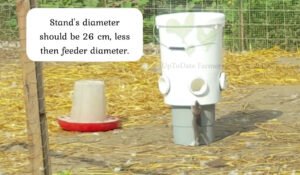Eight years ago, I built my first chicken coop for a small flock of hens. Back then, I had more enthusiasm than experience in carpentry or poultry keeping. I relied on intuition, aiming for a functional setup, and I learned plenty of valuable lessons along the way! If you’re planning a chicken coop, here are my hits and misses to help you avoid a few rookie mistakes and design a coop you’ll love.
What I’d Change:
- Nesting Box Access: One of my main regrets was placing the nesting box opening in the roof. While it made egg collection convenient, cleaning became a real hassle. Water drainage was poor, and debris had to be removed by hand – never completely successfully. You might notice in all my recent designs that the nesting box opens from the longest side instead. This simple change makes maintenance so much easier. Another nesting box lesson: I’d skip the carpet lining next time. Stick to simple, disposable materials like straw that you can easily replace when needed.
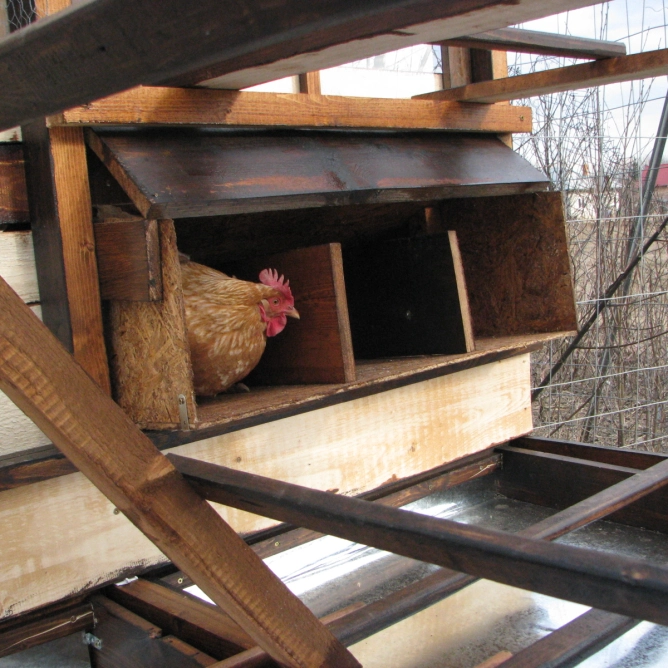
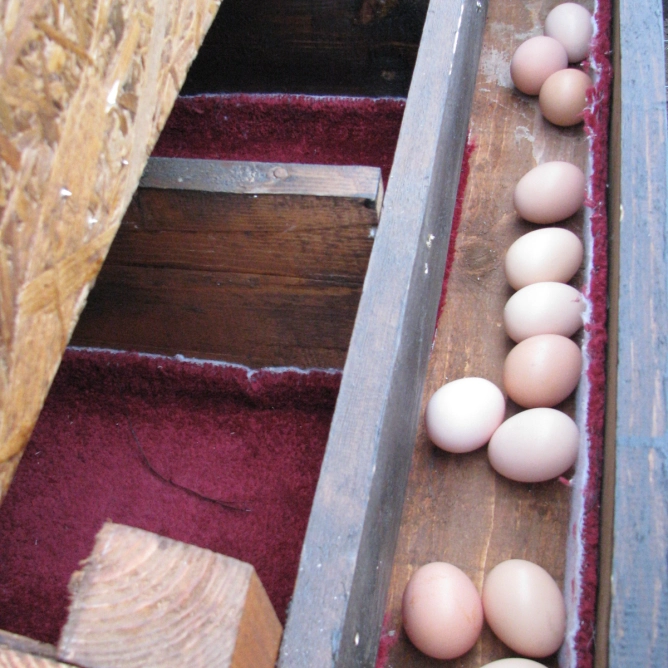

- Roosts and Flooring: While the wooden slats I used for flooring weren’t a complete disaster (only two chickens had foot issues in six years), I’d opt for plastic flooring if budget allowed. For both lower and upper roosts, I’ve learned that 7 cm wide perches with rounded edges are optimal for chicken comfort. This follows current welfare recommendations, though chickens can manage with smaller sizes.
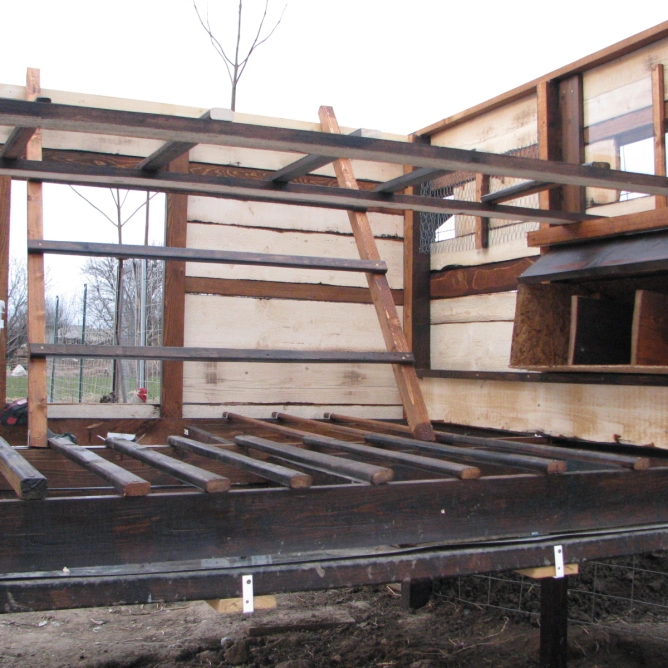
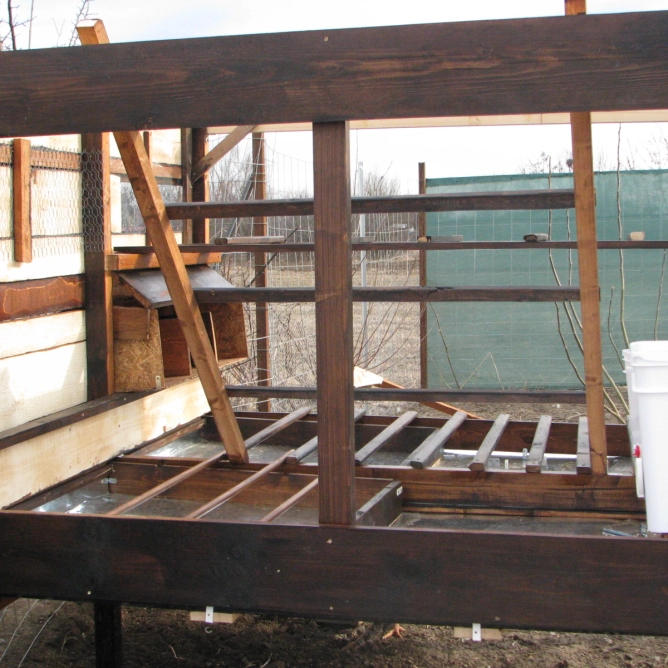

- Drawer System Issues: The metal sheets I used for the droppings drawers are showing signs of corrosion from chicken manure – faster than expected. I’m currently experimenting with alternative materials for better longevity and look forward to sharing my findings soon!
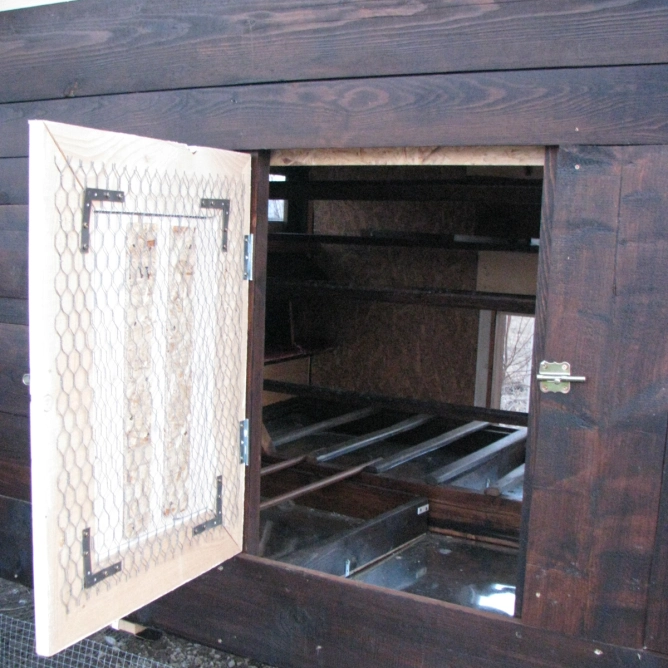
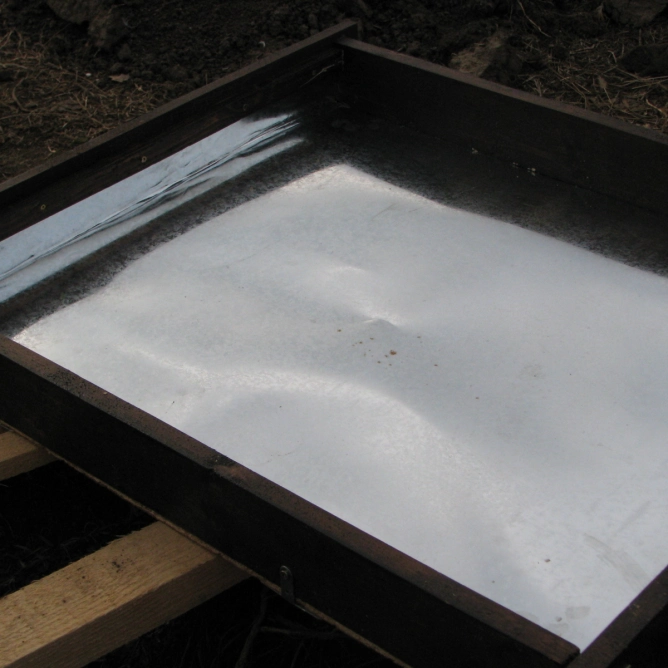
- Ventilation: Summer temperatures taught me that more ventilation options would have been beneficial. More specifically, I’ve learned that an interchangeable wall panel would have been a fantastic addition to the design. In future builds, I’ll definitely incorporate a interchangeable wall with metal mesh – this can be swapped out depending on the season, allowing for maximum airflow during hot summer months while still maintaining security. This simple yet effective modification makes a significant difference in keeping the hens cool and comfortable during heat waves. The ability to adapt the coop’s ventilation seasonally is one of those features that might seem like overkill during planning, but proves invaluable during those sweltering summer days when chickens are particularly susceptible to heat stress.
- Indoor Feeders and Waterers: At first, I thought indoor feeding stations were a must, but my chickens seemed happier dining outside – winter or summer! While indoor feeding areas may work for cold-sensitive breeds, they’re not essential for every coop. I gradually phased these out, and everyone’s happier for it.
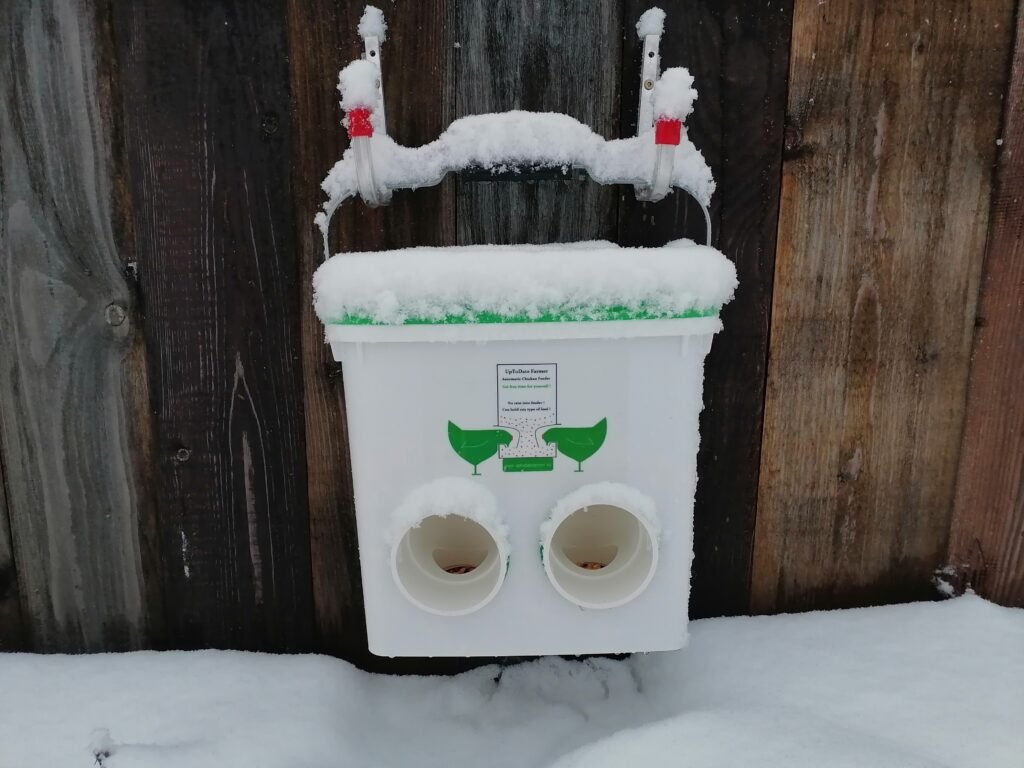

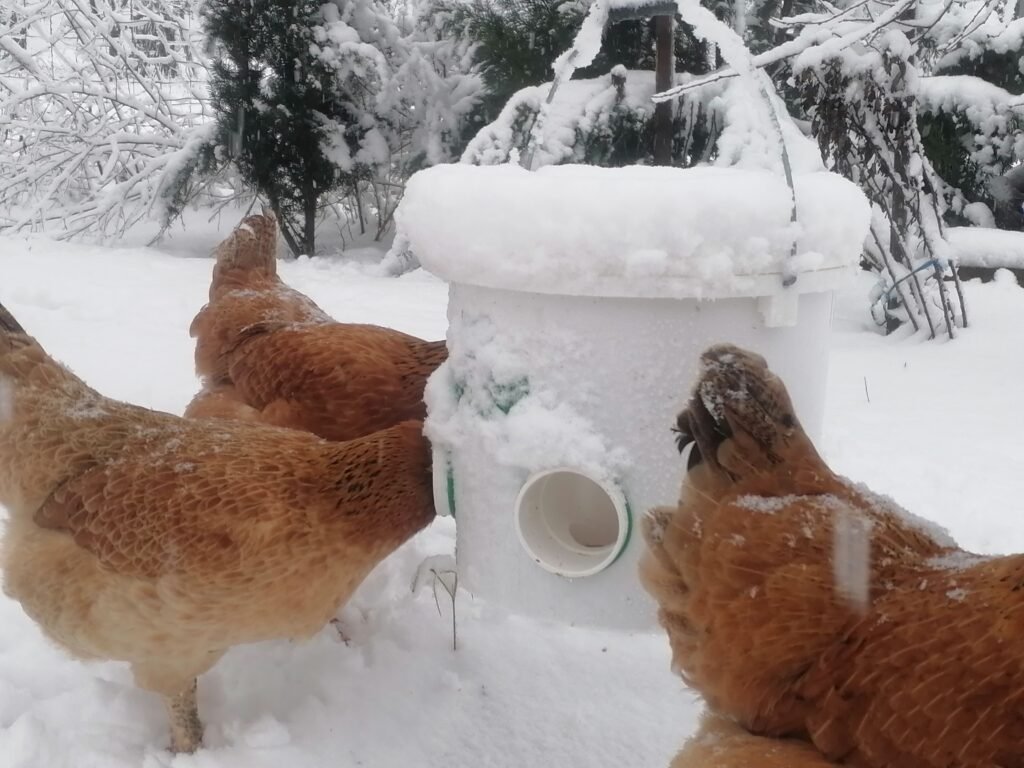
What Worked Well:
- Elevated Design: Mounting the coop on posts proved brilliant for pest control – no mouse problems whatsoever! An unexpected bonus was the sheltered space beneath, providing shade in summer and rain protection year-round.
- Compact Size: The smaller dimensions turned out to be perfect. Not only does it retain warmth in winter (helpful when temperatures drop to -10°C), but it also provides a cozy space that naturally heats from the chickens’ body warmth. This design has been invaluable during our coldest months.
- Insulation: The 5cm expanded polystyrene insulation was worth every penny. While chickens are hardy birds, proper insulation helps them conserve energy and maintains their well-being during harsh weather. This investment paid off particularly well during winter months – while egg production naturally decreased compared to summer levels, we still consistently collected enough eggs to meet our family’s needs. The insulation helped maintain a stable temperature inside the coop, which encouraged the hens to keep laying even during the coldest months.
- External Egg Collection: The external egg collection system remains one of my favorite features, making daily gathering efficient and non-disruptive. Also a sloped nesting box is an important feature that prevents hens from eating their eggs.
- Dropping Drawer Despite the material issues mentioned earlier, the drawer system for collecting organic matter has proved helpful throughout these years. However, I’ve recently begun implementing a new, ingenious solution that makes cleanup significantly more efficient. I’m excited to share all the details about this improvement in one of my upcoming videos, so stay tuned! It’s one of those small but game-changing improvements that can make a big difference in daily chicken coop management.
- Predator Protection The overall security features proved excellent – we’ve had zero incidents with weasels or other predators.
Remember, building a chicken coop is often a learning experience. While my first attempt wasn’t perfect, it provided valuable insights for future improvements. The best part is that even with these “imperfections,” the coop has served its purpose well, keeping our feathered friends safe, comfortable, and productive for years.
Have you built a chicken coop? I’d love to hear about your experiences and any clever solutions you’ve developed along the way!
